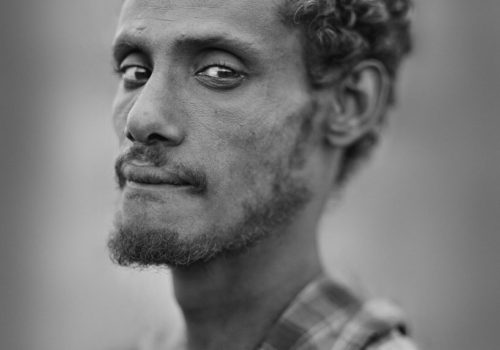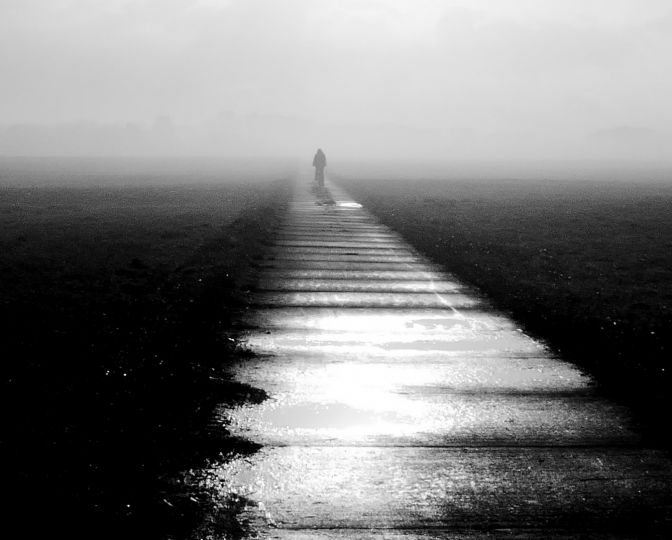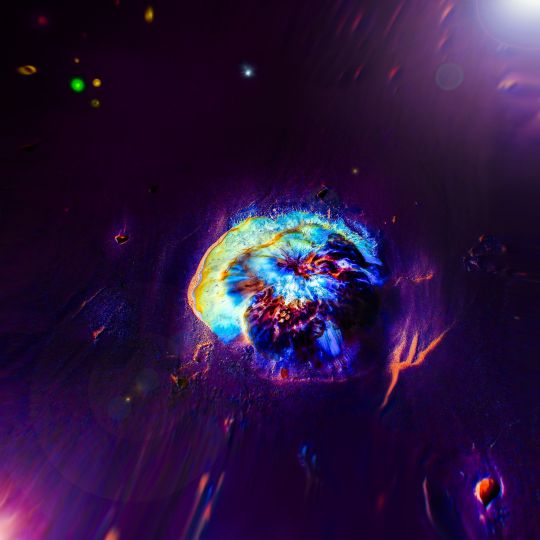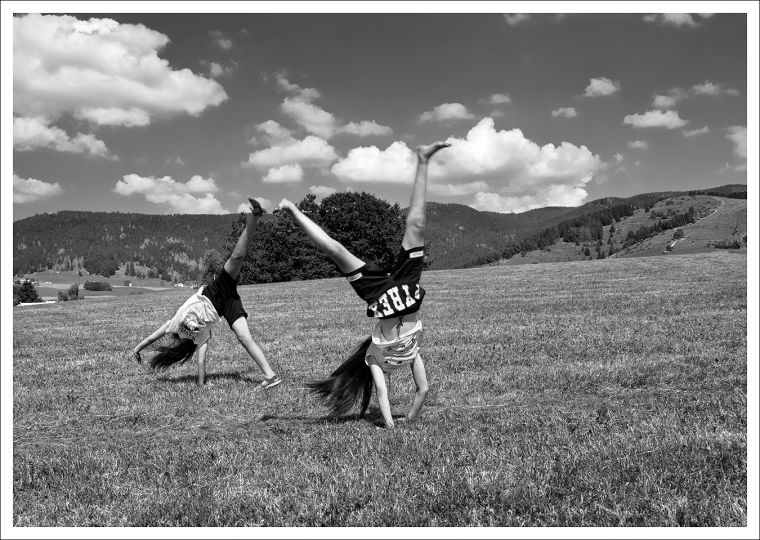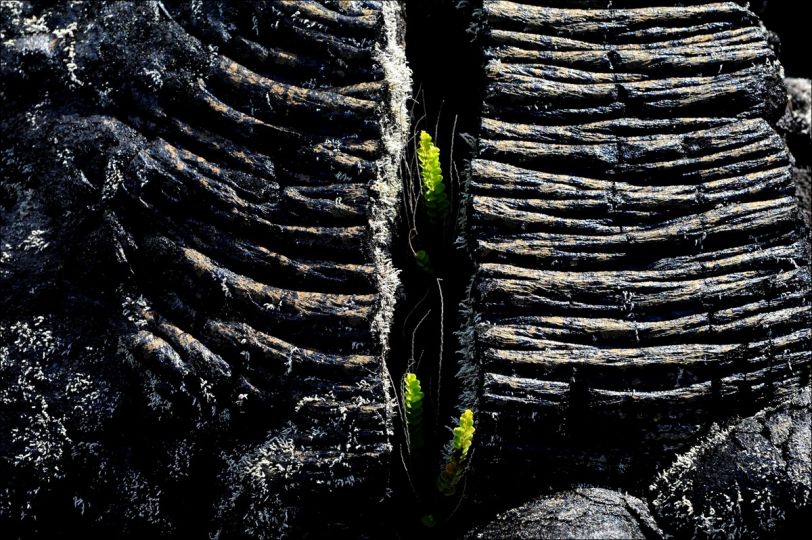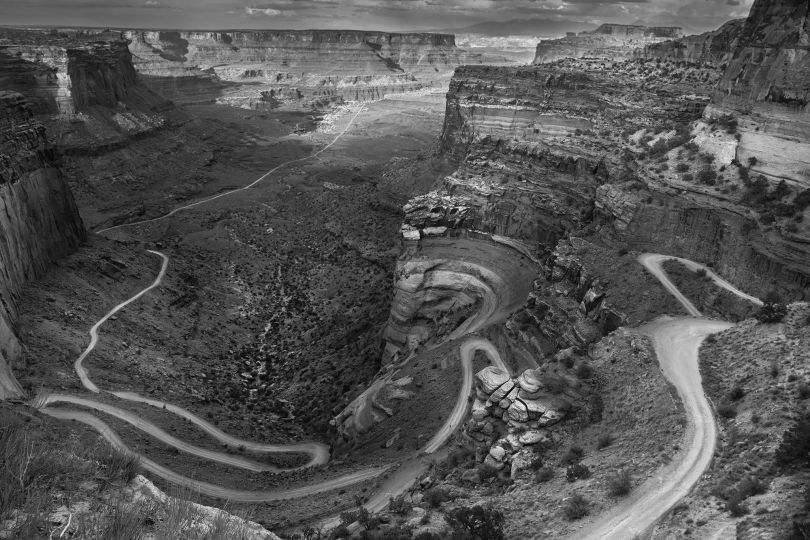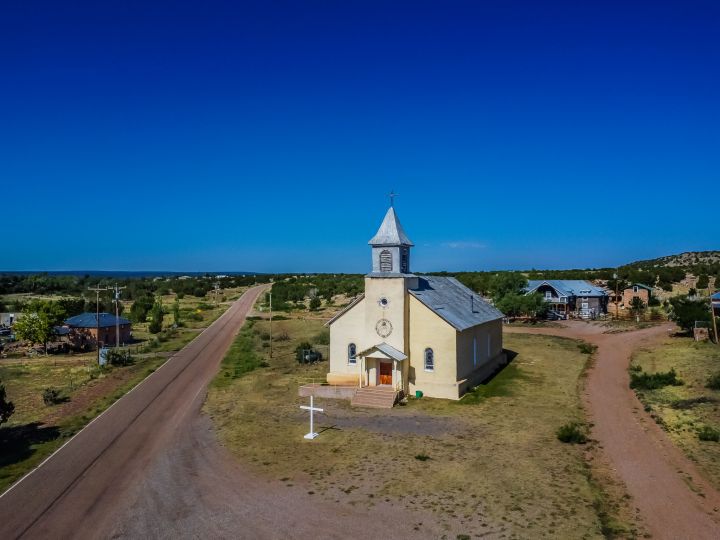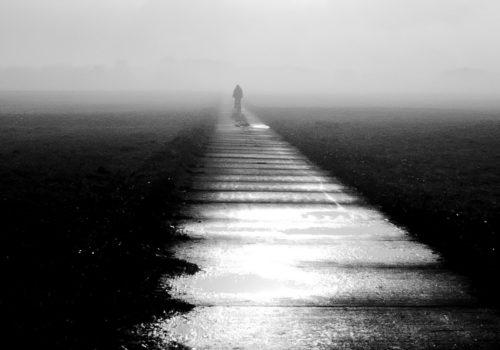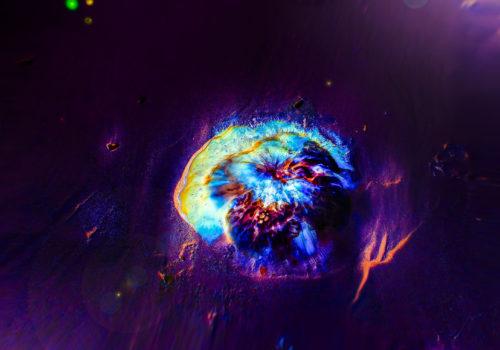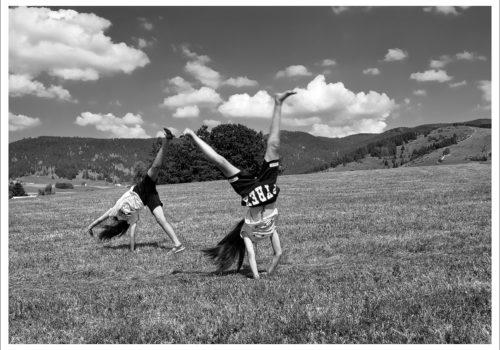Juan Manuel Castro Prieto came to photography in the 1970s as a self-taught enthusiast. Influenced by Gabriel Cualladó and Paco Gómez, whom he met at the Real Sociedad Fotográfica of Madrid, his hard work and unrelenting focus has produced an unmistakable style, confirming him as a virtuoso dominating all the subtleties of plate-camera composition and laboratory developing.
His perfectly composed photography is often punctuated by disturbing nuances delivered by his mastery of light combined with very precise focal length. His prints on barium paper, some of which are very large formats for himself or other renowned Spanish photographers, are exceptional works. As are his inkjet prints, since he opted in the early 2000s to work nearly exclusively in colour.
But for all that, technique for Castro Prieto is only a prerequisite. It lets him achieve a personal view which is ultimately introspective. Castro Prieto makes a distinction between photography as a window onto reality, and photography as a mirror in which the author, with all his obsessions, memories and imagination fed by myths and literature, is reflected in what he portrays. Thus, for Castro Prieto, photography is a tool for connecting to the world, on his terms, “an excuse for a philosophy of life” (interview with Alejandro Castellote, Extraños, Lunwerg, 2003).
It’s why Juan Manuel Castro Prieto’s photography ranges as far and wide as it does, on recurring themes. They reveal the artist’s obsessions, such as childhood, Peru, and Ethiopia, that make him return years later to the same place in order to experience it once again.
No matter where, his photographs have roots in people’s often banal and humble lives which the artist transfigures to create a strange atmosphere, somewhere between reality, dream and nightmare, where sensuality duels with unease. A driving force, sometimes overtly erotic, pervades Castro Prieto’s work, the ghosts of his childhood, the inexorable passage of time, the vulnerability of being, and the question of death are manifest in his melancholic images of abandonment, fleeting appartitions and fragile traces doomed to nothingness.
In addition to this sensitive approach, Castro Prieto’s photography invites one to see symbolically, sometimes esoterically, the personal real and imaginary worlds that the artist explores.
Etiopia
Ethiopia is a real obsession for Juan Manuel Castro Prieto who has returned there many times between 2001 and 2006. He finds there an ancestral memory of humanity. His photographs – where for the first time colour alternates with black & white – are stripped down of any exoticism and stereotypes and constitute less a travel diary than a prolonged meditation.
Simultaneously precise and symbolic, this meditation deals with a land in the grip of an ambiguous temporality, where a primeval figure – incarnated by a receding silhouette – and a diffuse spirituality, converse with the objects, signs and behaviours of the modern world.
You can read Christian Caujolle’s text in the French version of La Lettre.

